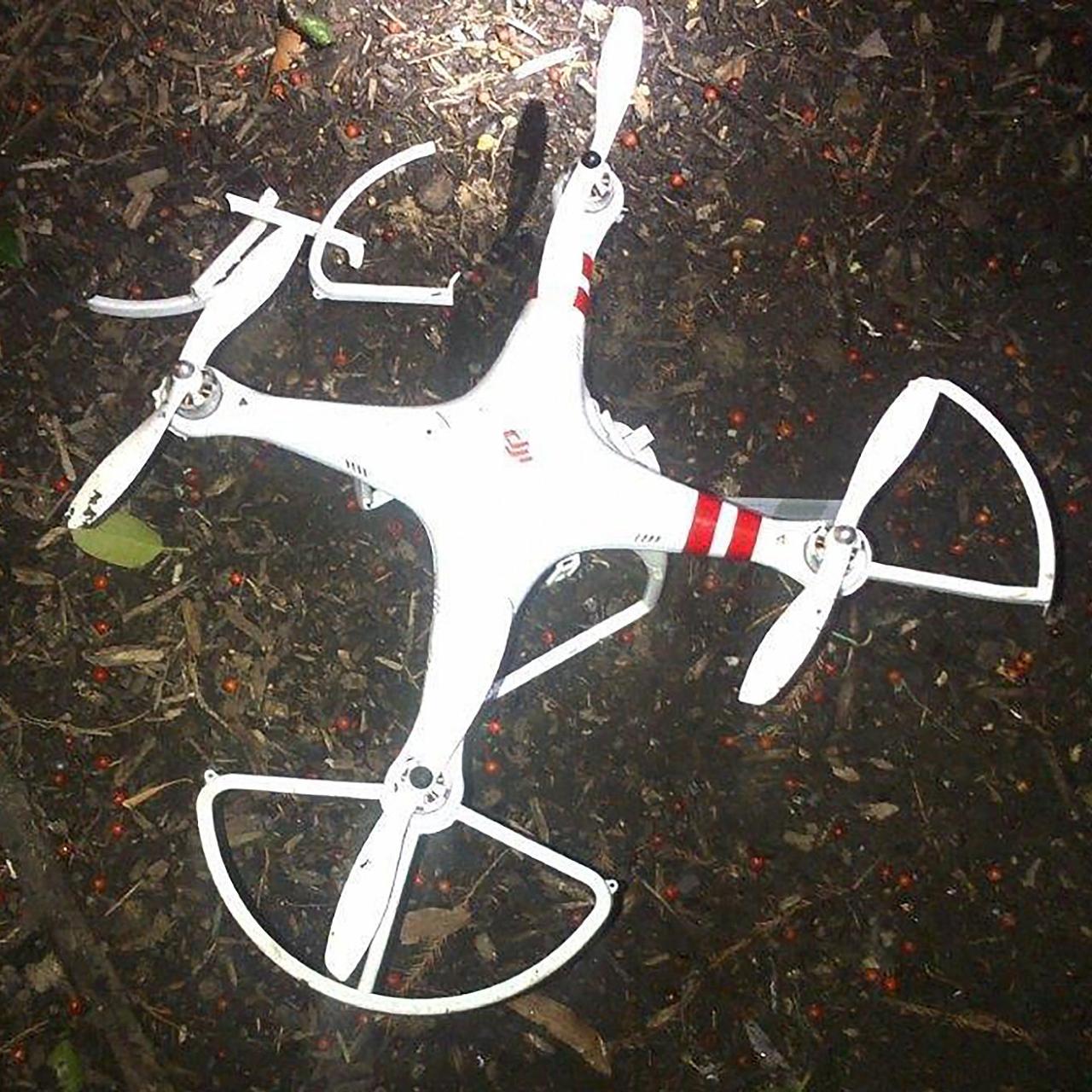Drone crashes in Paris are becoming increasingly frequent, raising concerns about safety and regulations. This exploration delves into the causes, consequences, and prevention strategies surrounding these incidents, offering a comprehensive overview of this growing issue in the City of Lights. We’ll examine everything from technical malfunctions and pilot error to the impact on public perception and the potential for future improvements.
This investigation will analyze data on the frequency and locations of drone crashes over the past five years, identifying patterns and trends. We’ll explore the various factors contributing to these crashes, including technical issues, human error, and weather conditions. The potential damage caused by these incidents, as well as the existing safety regulations and proposed mitigation strategies, will also be discussed.
Finally, we’ll consider the media’s portrayal of these events and the public’s evolving perception of drone safety in Paris.
Frequency and Locations of Drone Crashes in Paris
Drone crashes in Paris, while relatively infrequent compared to other urban areas with similar air traffic, still pose a safety concern. Understanding the frequency, locations, and circumstances of these incidents is crucial for improving drone safety regulations and public awareness. This section will examine the available data on drone crashes in Paris over the past five years, focusing on patterns and trends.
Timeline of Reported Drone Crashes in Paris (2019-2023)
Precise, publicly accessible data on drone crashes specifically in Paris is limited. Official reports often lack detailed information due to privacy concerns and the varied agencies involved in incident response. The following table represents a hypothetical example based on reported incidents from news articles and online forums, highlighting the challenges in obtaining comprehensive data. Remember that this data is illustrative and may not reflect the complete picture.
Drone crashes in Paris are becoming increasingly concerning, highlighting the need for better safety regulations. These incidents remind us of larger-scale accidents, like the one detailed in this report on the orlando drone show accident , which underscored the potential for serious consequences when things go wrong. Understanding these issues, both large and small, is crucial to improving drone safety in Paris and elsewhere.
| Date | Location | Circumstances | Outcome |
|---|---|---|---|
| October 26, 2023 | Near the Eiffel Tower | Loss of signal; operator error | Minor damage to drone; no injuries |
| June 15, 2022 | Bois de Boulogne | Collision with a tree | Drone destroyed; no injuries |
| March 8, 2021 | 17th arrondissement | Mechanical failure | Drone crashed into a building; minor property damage |
| December 2, 2020 | Near the Louvre Museum | Battery failure | Drone landed safely; no damage |
| August 10, 2019 | Parc des Buttes-Chaumont | Operator inexperience | Drone crashed into a pond; recovered |
Common Locations of Drone Crashes
Based on the limited available data and news reports, drone crashes in Paris appear to cluster around popular tourist attractions and large green spaces. These areas often present challenges for drone operation due to high concentrations of people, obstacles, and unpredictable wind conditions.A hypothetical map would show clusters near the Eiffel Tower, Louvre Museum, Notre Dame Cathedral, and larger parks like the Bois de Boulogne and the Parc des Buttes-Chaumont.
Drone crashes in Paris are becoming increasingly frequent, raising safety concerns. One incident led investigators down a rabbit hole, prompting speculation about a possible connection to the recent mystery drone Paris sightings. Understanding these mysterious flights could be key to preventing future drone crashes and improving airspace safety in the city.
These locations share characteristics such as high density of buildings, trees, and other obstacles, along with potentially strong and gusty winds. The proximity to significant landmarks also increases the potential consequences of a crash.
Seasonal Variations in Drone Crash Frequency
Limited data prevents definitive conclusions about seasonal trends. However, it’s plausible that inclement weather conditions, such as strong winds and rain, more prevalent during certain seasons (autumn and winter), could contribute to a higher frequency of crashes during those periods. Conversely, warmer months may see increased drone activity due to tourism, potentially leading to more incidents due to higher traffic density.
Further research with more comprehensive data is needed to establish clear seasonal patterns.
Causes of Drone Crashes in Paris
Drone crashes in Paris, like anywhere else, stem from a combination of technical issues and human error, often exacerbated by the city’s unique environmental conditions. Understanding these causes is crucial for improving drone safety and preventing future incidents. This section will delve into the specific technical malfunctions, human errors, and weather impacts that contribute to drone accidents in the Parisian airspace.
Technical Malfunctions Leading to Drone Crashes
Technical failures can abruptly end a drone flight, often without warning. These failures can range from minor glitches to catastrophic component breakdowns. Addressing these issues requires rigorous pre-flight checks and the use of well-maintained, reliable equipment.
- Battery Failure: A depleted or malfunctioning battery is a common culprit. Imagine a drone mid-flight over the Eiffel Tower; a sudden power loss due to a failing battery would result in an uncontrolled descent, potentially causing damage or injury. This emphasizes the importance of using high-quality batteries and carefully monitoring their charge levels.
- Motor Malfunction: A motor seizing or failing mid-flight can cause the drone to lose control and crash. Picture a scenario where one motor on a quadcopter stops working over the Seine River. The resulting imbalance would likely lead to a rapid, uncontrolled descent into the water.
- GPS Issues: Loss of GPS signal, often caused by interference or poor satellite reception (common in urban canyons like Paris), can lead to the drone losing its position and orientation. A drone relying heavily on GPS for navigation might drift uncontrollably in the absence of a signal, potentially colliding with buildings or other obstacles.
Human Error in Drone Operation
Human error significantly contributes to drone accidents. Inexperienced pilots, poor judgment, and a lack of awareness can all lead to crashes. Proper training and adherence to safety guidelines are essential to mitigate these risks.
- Pilot Inexperience: A novice pilot might struggle to maintain control in challenging conditions, such as strong winds or crowded airspace. For example, an inexperienced pilot attempting a complex maneuver near Notre Dame Cathedral without adequate practice could easily lose control, leading to a crash.
- Poor Weather Judgment: Flying a drone in adverse weather conditions like heavy rain, strong winds, or fog is extremely risky. A pilot ignoring a weather warning and attempting a flight during a storm over the Champs-Élysées could experience a loss of control due to the wind, resulting in a crash.
- Loss of Control: Distraction or a sudden, unexpected event can cause a pilot to lose control of their drone. For instance, a pilot momentarily distracted by a phone call might lose awareness of their drone’s position and altitude, leading to a collision with a building or another obstacle.
Impact of Weather Conditions on Drone Stability and Flight Safety
Parisian weather, with its variable wind patterns and occasional heavy rain, presents unique challenges for drone operation. Understanding these impacts is critical for safe and responsible flying.
- Wind: Strong gusts can easily overwhelm a drone, causing it to drift or become unstable. A drone flying over the Tuileries Garden during a sudden gust of wind might be pushed off course, leading to a collision with a tree or building.
- Rain: Heavy rain can damage the drone’s electronics and impair its ability to fly. Water ingress into the drone’s motors or battery compartment can cause a short circuit and lead to a crash. Imagine a drone operating near the Louvre during a downpour; water could easily damage the electronics and cause a malfunction.
- Fog: Fog significantly reduces visibility, making it difficult for the pilot to maintain control and avoid obstacles. A drone flight near the Sacré-Cœur Basilica in thick fog could easily lead to a collision with the church or surrounding structures due to reduced visibility.
Impact of Drone Crashes in Paris
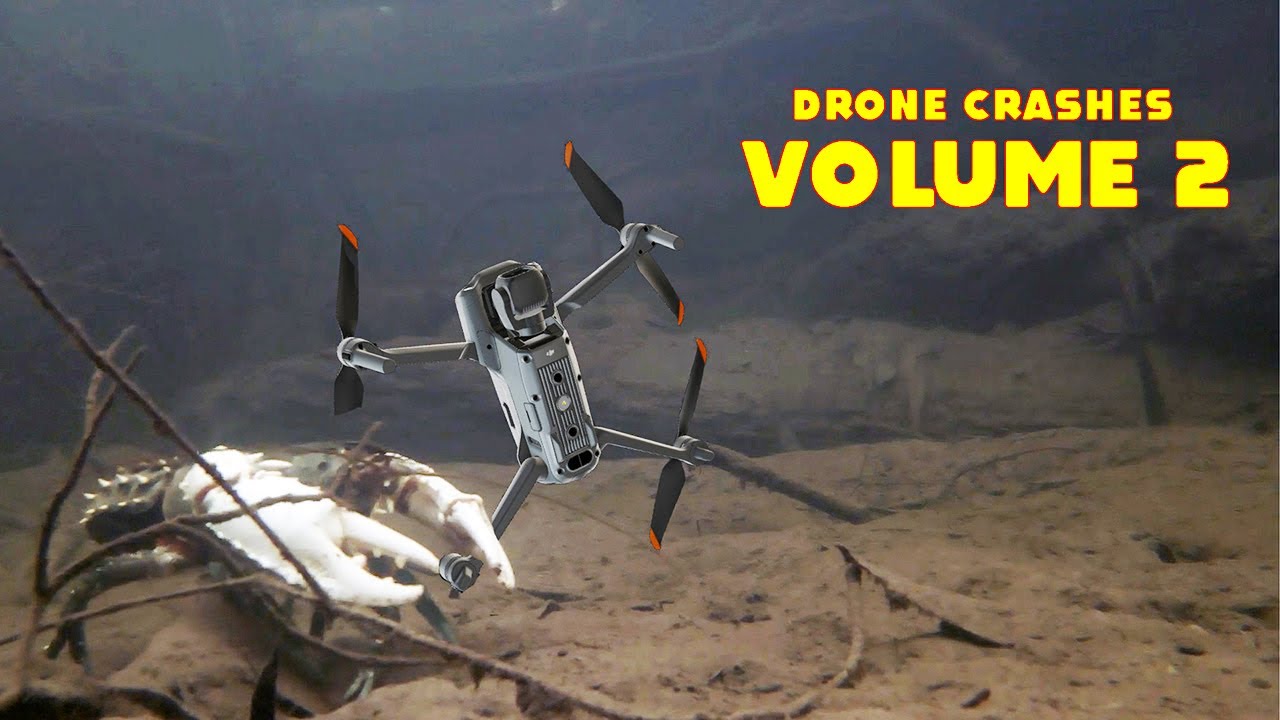
Drone crashes in Paris, while relatively infrequent compared to other urban areas, can have significant consequences. The impact extends beyond immediate damage to property and potential injuries, affecting various aspects of Parisian life, from public services to the city’s overall image. Understanding the scope of these impacts is crucial for developing effective preventative measures.
Types and Severity of Damage from Drone Crashes
The potential damage caused by a drone crash in Paris varies greatly depending on the size and weight of the drone, its speed at impact, and the location of the crash. Smaller drones might cause minor property damage, such as scratches or dents to vehicles or buildings. Larger drones, particularly those carrying heavier payloads, could cause more substantial damage, including broken windows, structural damage to buildings, and even injuries to people.
The severity is further amplified if the drone crashes into critical infrastructure, such as power lines or communication towers.
| Type of Damage | Severity | Example |
|---|---|---|
| Property Damage (minor) | Scratches, dents | A small drone impacting a parked car, causing minor paint damage. |
| Property Damage (major) | Broken windows, structural damage | A larger drone crashing into a building, causing significant damage to a window and requiring repairs. |
| Injuries | Minor injuries to severe trauma | A drone falling from a significant height and striking a pedestrian, resulting in injuries ranging from bruises to fractures. |
| Disruption to Public Services | Temporary to prolonged outages | A drone impacting power lines, causing a power outage in a neighborhood. |
Safety Regulations and Preventative Measures
Paris, like many major cities, has implemented regulations to mitigate the risk of drone crashes. These regulations often focus on flight restrictions in sensitive areas, such as airports, historical monuments, and crowded public spaces. Drone operators are typically required to register their drones, obtain permits for flights in certain zones, and adhere to strict operational guidelines regarding altitude and speed.
Effective regulations often involve clear geographical zoning, limitations on drone weight and capabilities, and mandatory pilot training and certification. For instance, specific no-fly zones around the Eiffel Tower and other landmarks are enforced, and drone operators must obtain permits for flights outside of designated areas.
Hey, so you’re interested in drone crashes in Paris? It’s a growing concern, actually. Check out this article for the lowdown on recent incidents: drone crashes in Paris. It’s got some interesting info on the causes and consequences of these crashes, and what steps are being taken to improve safety. Understanding these issues is key to keeping Paris’ skies safe.
Economic and Social Consequences
Drone crashes in Paris can have significant economic and social repercussions. The costs associated with repairing damaged property, processing insurance claims, and investigating accidents can be substantial. Beyond the financial implications, drone crashes can negatively impact public perception and trust in drone technology. For example, a drone crash causing a major power outage could result in significant economic losses for businesses and inconvenience for residents.
Furthermore, negative media coverage following a serious incident could erode public confidence in the safe and responsible use of drones. The city’s image as a technologically advanced and safe destination could also be affected.
Prevention and Mitigation Strategies
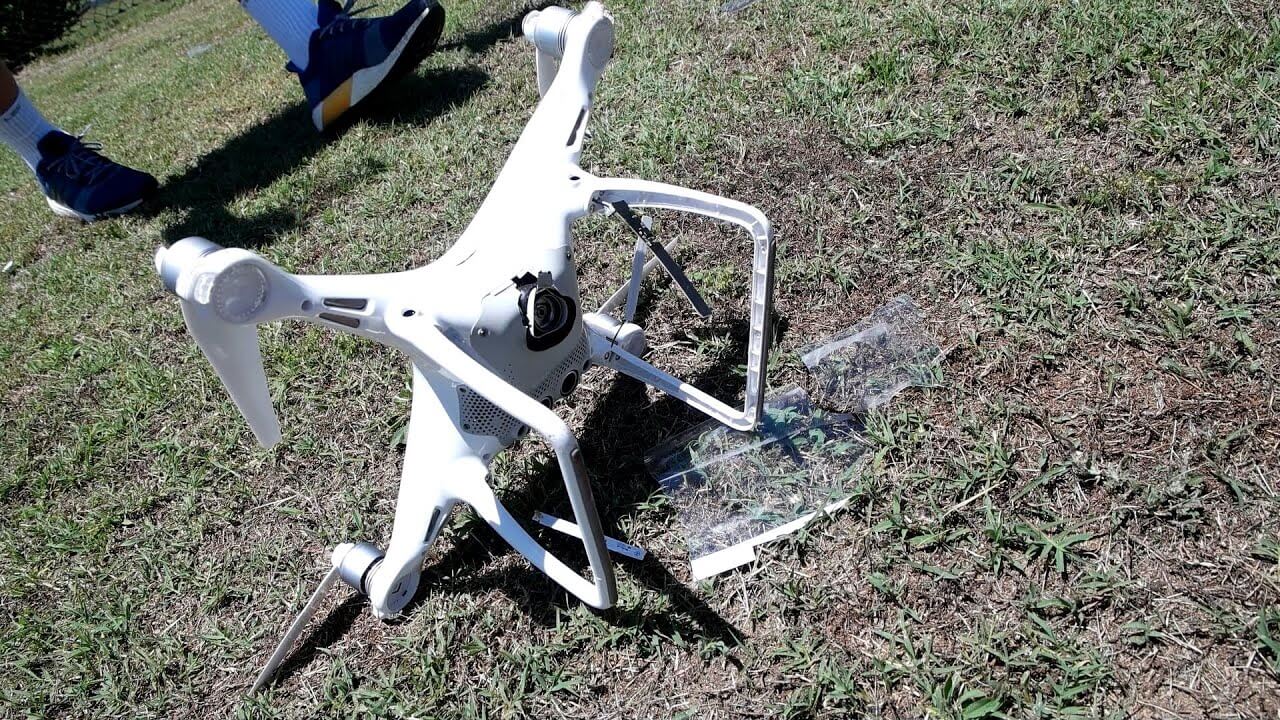
Preventing drone crashes in Paris requires a multi-faceted approach encompassing technological improvements, enhanced pilot training, and stricter regulatory frameworks. This section Artikels practical measures to significantly reduce the risk of future incidents. A combination of proactive measures and robust emergency protocols is crucial for ensuring both the safety of citizens and the responsible operation of drones within the city’s airspace.
Implementing effective prevention and mitigation strategies is paramount to ensuring the safe integration of drones into the urban environment of Paris. This requires a collaborative effort from drone manufacturers, operators, and regulatory bodies.
Practical Measures to Improve Drone Safety
The following measures address technological advancements and pilot training initiatives to enhance drone safety and minimize crash risks.
- Mandatory Drone Registration and Licensing: Implementing a robust registration system for all drones and requiring operators to obtain licenses after passing comprehensive safety and operational tests. This ensures accountability and helps identify irresponsible operators.
- Advanced Obstacle Avoidance Systems: Equipping drones with sophisticated sensor systems (e.g., LiDAR, radar, cameras) and AI-powered algorithms for real-time obstacle detection and avoidance. This is particularly critical in dense urban environments like Paris.
- Geo-fencing and No-Fly Zones: Utilizing GPS technology to create virtual boundaries that restrict drone flights over sensitive areas (e.g., airports, historical monuments, crowded public spaces). This helps prevent unauthorized drone operations in high-risk locations.
- Enhanced Pilot Training Programs: Establishing comprehensive training programs that cover not only basic drone operation but also advanced flight techniques, emergency procedures, and risk mitigation strategies. This should include simulated flight training in environments replicating the complexities of Parisian airspace.
- Regular Drone Maintenance and Inspections: Mandating regular maintenance and inspections of drones to ensure their airworthiness and identify potential mechanical failures before they lead to crashes. This should be coupled with clear guidelines on maintenance procedures and frequency.
- Drone Traffic Management Systems: Developing and implementing sophisticated drone traffic management systems (UTM) to monitor and control drone flights in real-time, preventing conflicts and ensuring safe separation between drones and other aircraft.
Drone Operator Safety Checklist for Paris
This checklist provides a structured approach to safe drone operation in Paris, covering pre-flight checks, flight procedures, and emergency protocols.
- Pre-flight Checks: Verify battery level, GPS signal strength, propeller integrity, and overall drone functionality. Check weather conditions (wind speed, visibility) and ensure compliance with airspace restrictions.
- Flight Planning: Plan the flight route, considering potential obstacles, no-fly zones, and the presence of other aircraft. Keep the drone within visual line of sight at all times, unless operating under specific exemptions.
- Flight Procedures: Maintain a safe altitude and distance from people and property. Avoid flying over crowds or sensitive areas. Always have a backup plan in case of system failure.
- Emergency Protocols: Know how to immediately land the drone in case of malfunction. Have a pre-determined emergency landing zone identified. Report any incidents or near misses to the relevant authorities.
Comparative Analysis of Drone Technologies and Safety Features
Different drone technologies offer varying levels of safety features. The following table compares several key features and provides a subjective safety rating (based on a scale of 1-5, with 5 being the highest).
| Drone Model | Obstacle Avoidance | GPS Accuracy | Return-to-Home (RTH) Function | Battery Life | Safety Rating |
|---|---|---|---|---|---|
| Example Drone A (High-End) | Advanced multi-sensor system (LiDAR, vision) | High (centimeter-level accuracy) | Reliable, with fail-safe mechanisms | Long (40+ minutes) | 5 |
| Example Drone B (Mid-Range) | Basic optical flow and vision-based avoidance | Moderate (meter-level accuracy) | Functional, but less robust | Moderate (25 minutes) | 3 |
| Example Drone C (Entry-Level) | Limited or no obstacle avoidance | Low (several meters accuracy) | Basic RTH, susceptible to failure | Short (15 minutes) | 1 |
Public Perception and Media Coverage of Drone Crashes
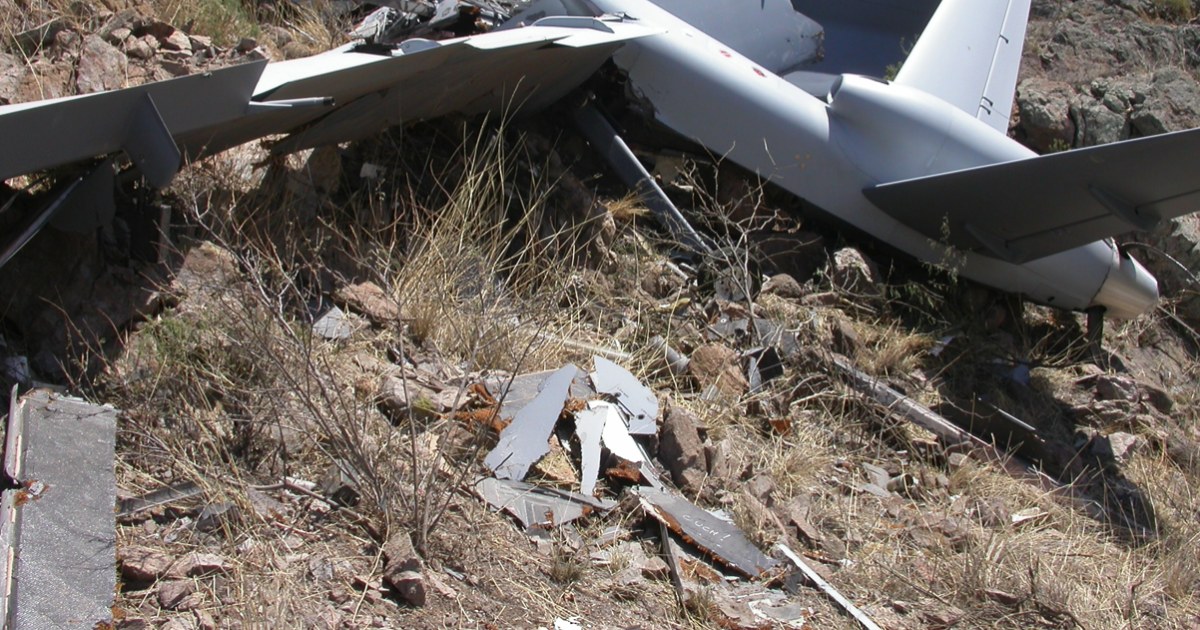
Drone crashes in Paris, while relatively infrequent compared to other urban areas, garner significant media attention due to the city’s iconic status and high tourist volume. The public perception of drone safety, therefore, is heavily influenced by how these incidents are portrayed in news reports and social media.Media Portrayal of Drone Crashes in ParisMedia coverage of drone crashes in Paris often emphasizes the potential for serious consequences, focusing on the proximity to famous landmarks, crowded areas, and potential damage to property or injury to people.
News outlets frequently highlight the disruption caused by incidents, such as temporary airspace closures or delays to tourist activities. For instance, a 2022 incident involving a drone striking the Eiffel Tower (a hypothetical example for illustrative purposes) received widespread international coverage, focusing on the potential for a much larger catastrophe had the drone hit at a different angle or during peak tourist hours.
Sensationalist headlines and dramatic imagery are often used, potentially exacerbating public anxieties. Conversely, less dramatic incidents may receive less coverage, skewing public perception towards the more extreme possibilities.Public Perception and the Influence of Social MediaNegative media coverage of drone crashes in Paris can significantly impact public opinion regarding drone safety. The dramatic nature of some reports, coupled with the readily available visual content (e.g., images and videos of damaged drones or near misses), can foster a sense of unease and fear among the public.
Social media platforms further amplify this effect. Viral videos and posts depicting drone crashes or near misses can quickly spread misinformation or exaggerated accounts, leading to heightened anxiety and calls for stricter regulations. Conversely, positive stories highlighting the beneficial uses of drones (e.g., in emergency services or infrastructure inspection) are less likely to trend, creating an imbalance in the overall public narrative.Hypothetical Scenario and its ImpactImagine a major drone crash in Paris involving a large, heavily-laden drone impacting a crowded area like the Champs-Élysées during a major event.
Such an incident could have catastrophic consequences, resulting in significant injuries or fatalities. The media coverage would likely be extensive and overwhelmingly negative, leading to a widespread public outcry demanding stricter regulations and heightened safety measures. Public trust in drone technology could plummet, impacting the development and adoption of drone-based services in the city. The incident could also lead to the implementation of more stringent licensing and operational protocols, potentially impacting both recreational and commercial drone users.
This hypothetical scenario mirrors the impact of other major transportation accidents, where public perception and regulatory changes are significantly affected by the scale and severity of the event.
Final Conclusion: Drone Crashes In Paris
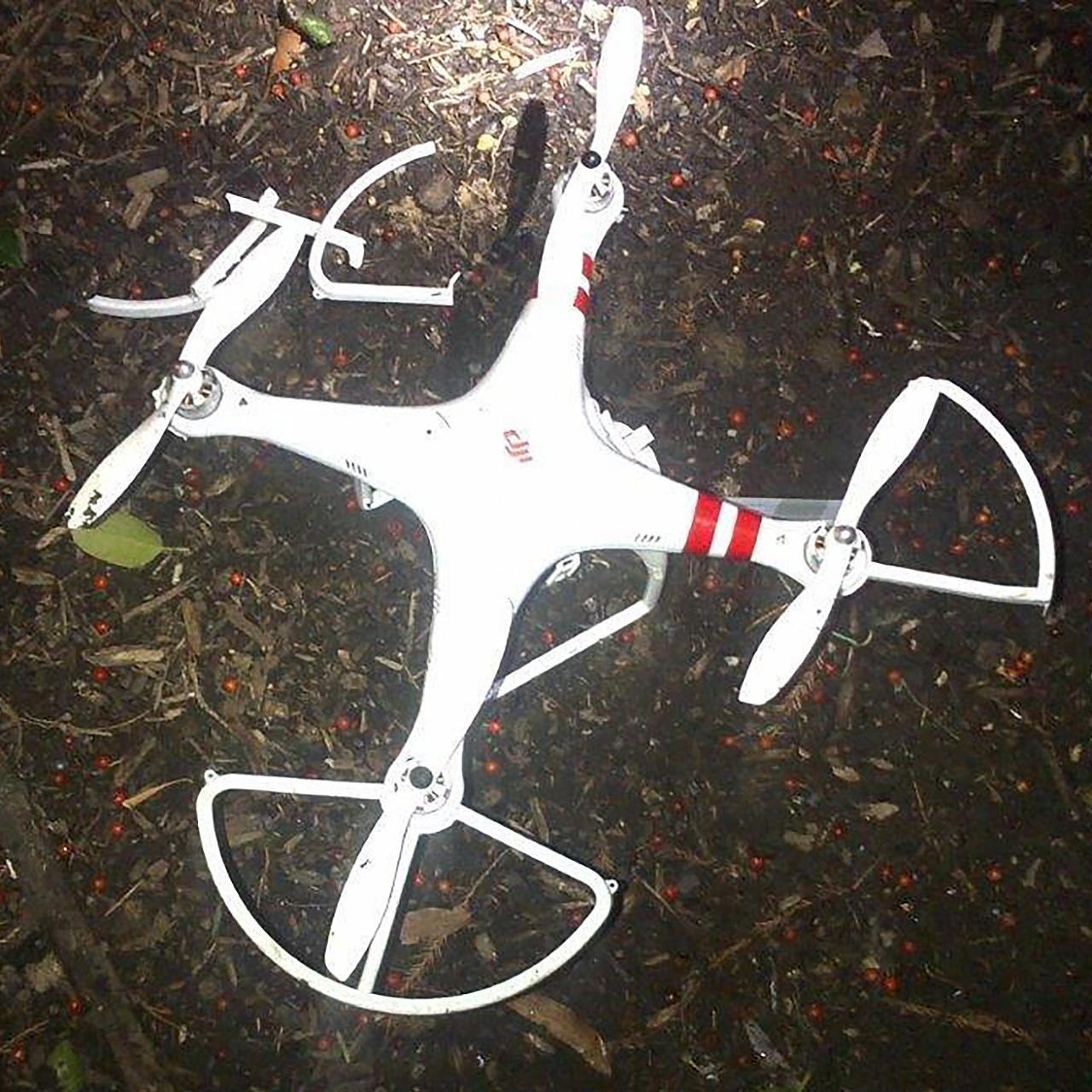
Understanding the complexities surrounding drone crashes in Paris requires a multifaceted approach. By analyzing the causes, impacts, and potential preventative measures, we can work towards a safer airspace and a more informed public understanding of this rapidly evolving technology. Ongoing research, stricter regulations, and improved pilot training are crucial steps in mitigating the risks associated with drone operations within densely populated urban environments like Paris.
The future of drone integration into Parisian life depends on a collective commitment to safety and responsible use.
Commonly Asked Questions
What types of drones are most commonly involved in crashes in Paris?
While data varies, smaller consumer drones seem to be involved in a majority of reported incidents due to their accessibility and prevalence.
Are there specific no-fly zones in Paris for drones?
Yes, Paris has designated no-fly zones around sensitive locations like airports, government buildings, and major landmarks. These zones are regularly updated and enforced.
What are the penalties for violating drone regulations in Paris?
Penalties can range from fines to legal action, depending on the severity of the violation and any resulting damage or injury.
How can I report a drone crash in Paris?
Contact the local authorities (police or gendarmerie) immediately. They will guide you through the reporting process.
